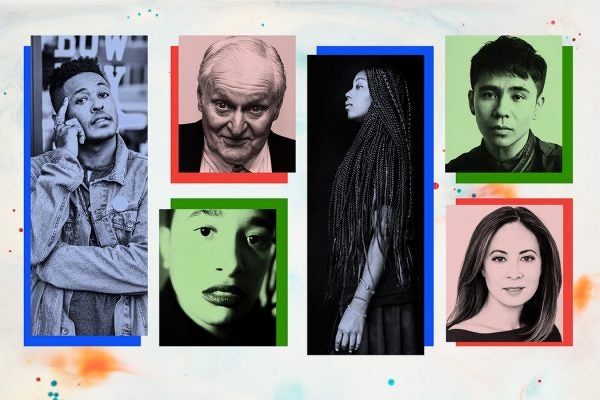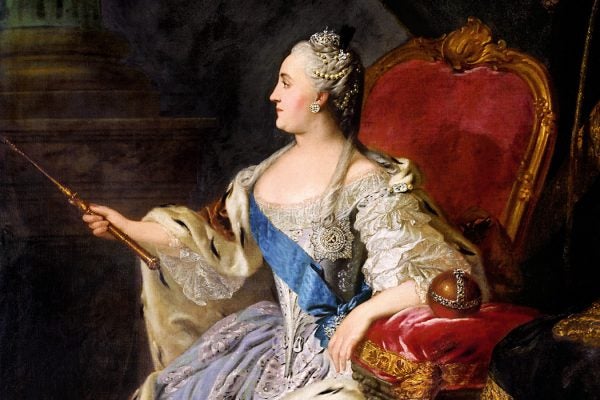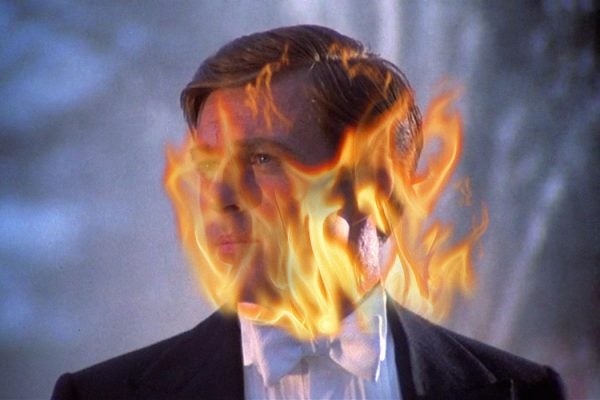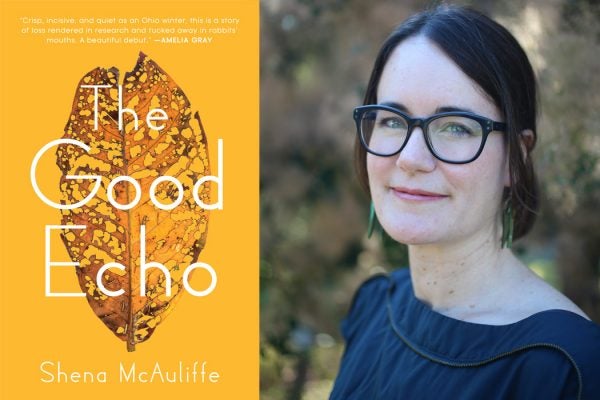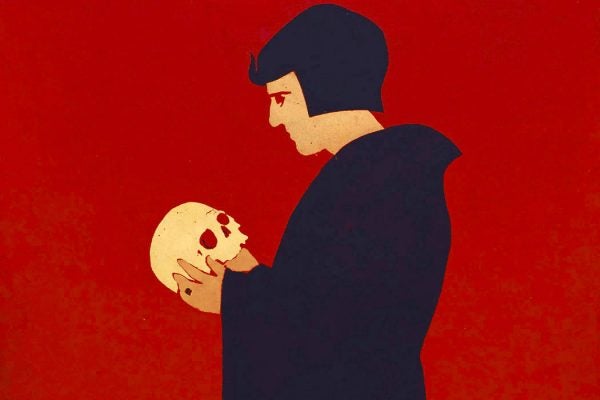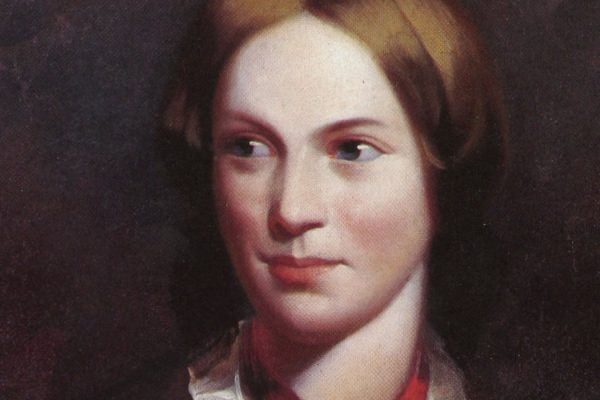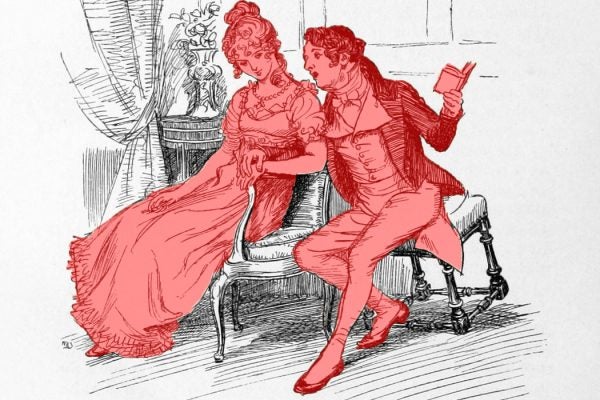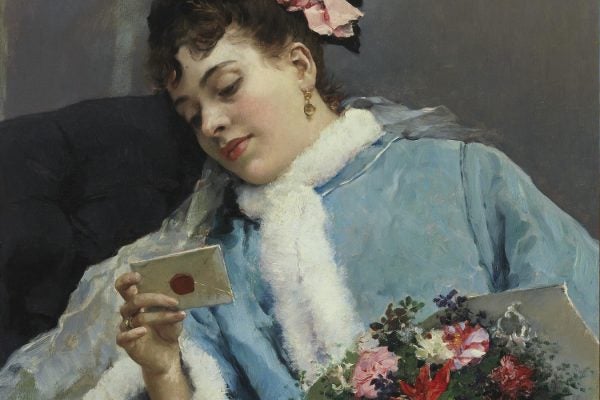10 Ekphrastic Poems
Broadly defined, an ekphrastic poem describes another work of art. Here are some by Ocean Vuong, Aziza Barnes, Robert Hayden, Frank O’Hara, Danez Smith, and more.
The Memoirs of Catherine The Great
Catherine II ruled Russia for many years. She also wrote her own memoirs, in a time when such writing was considered inappropriate for a monarch.
When Very Bad Words Are the Sh*t (Linguistically Speaking)
The fact that people can use “literally” about things that can’t possibly be factual may literally make your blood boil.
“Mad Meg,” the Poet-Duchess of 17th Century England
Margaret Cavendish, Duchess of Newcastle-upon-Tyne, shocked the establishment by publishing poems and plays under her own name.
The Wonderland Awaits: Researching The Good Echo
Author Shena McAuliffe describes how she used JSTOR to research her debut novel, The Good Echo.
Sorry, but Jane Eyre Isn’t the Romance You Want It to Be
Charlotte Brontë, a woman whose life was steeped in stifled near-romance, refused to write love as ruly, predictable, or safe.
James Joyce’s NSFW Love Letters
The often explicit letters James Joyce wrote to Nora Barnacle contain the same mass of contradictions as his famous literary works, like Ulysses.
The Physical Pleasures of Jane Austen’s Persuasion
Smoldering glances? Romantic letters? Forbidden love? Why Persuasion may be the most seductive of Jane Austen's novels.
The Disappointing Reality of 19th-Century Courtship
For white, middle-class women in the 19th century U.S., courtship and marriage offered less emotional intimacy than their friendships with other women.
